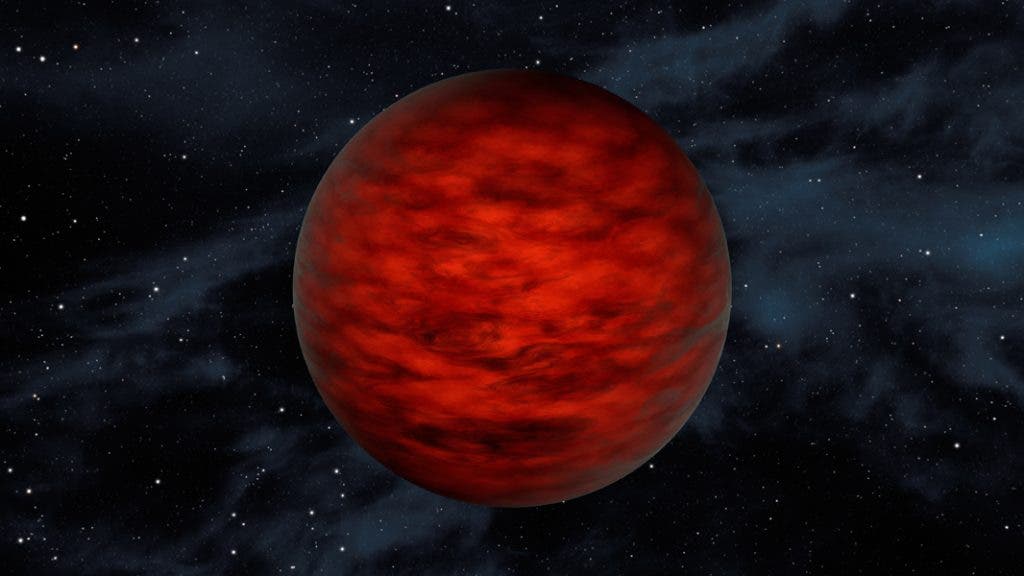NASA astronauts have discovered a lonely planetary-like mass floating on its own, without a solar system.

Imagine a galaxy, riddled with countless solar systems. Then zoom in slowly on a solar system – how do you picture it? There’s probably a star at the center, and several planets around it. That’s generally where we feel planets should be, rotating around a star. But in 2011, astronomers reported that our galaxy is likely teeming with free-floating planets – even outnumbering star-hosted planets. This was a very surprising finding which immediately begs another question: where did these planets come from? Are they the sole survivors from a solar system, were they ejected somehow, or were they simply forever alone, wandering the galaxy by themselves?
Perhaps the most interesting theory is that they aren’t planets in the first place – just smaller stars called brown dwarfs which look like planets. Brown dwarfs are peculiar objects: they’re too small to be called stars, and too big to be called planets. They’re not big enough to sustain sustain hydrogen fusion reactions in their cores, unlike main-sequence stars. A new study using data from NASA’s Wide-field Infrared Survey Explorer, WISE, and the Two Micron All Sky Survey, or 2MASS shed some new light on these brown dwarfs, as well as the mystery of lonely stars. The study found a new object, called WISEA J114724.10-204021.3, or just WISEA 1147 for short, estimated to be between roughly five to 10 times the mass of Jupiter.
What makes this particular loner important is that astronomers can track its origin – it’s a brown dwarf.
“With continued monitoring, it may be possible to trace the history of WISEA 1147 to confirm whether or not it formed in isolation,” said Adam Schneider of the University of Toledo in Ohio, lead author of a new study accepted for publication in The Astrophysical Journal.
At this point, we have no idea if this is the rule, the exception, or somewhere in between. Most lonely planets could be brown dwarfs, or very few of them could be – we don’t know the fraction. Tracing the origins of free-floating worlds, and determining whether they are planets or brown dwarfs, is a difficult task, specifically because the objects themselves are so isolated and difficult to identify.
“We are at the beginning of what will become a hot field – trying to determine the nature of the free-floating population and how many are planets versus brown dwarfs,” said co-author Davy Kirkpatrick of NASA’s Infrared Processing and Analysis Center, or IPAC, at the California Institute of Technology in Pasadena.
Finding WISEA 1147 was possible after sifting through many images of the space, taken with WISE in 2010 and 2MASS, about a decade earlier, as it was “brilliantly red” in the images, but this will likely not be the case most of the times.
“The features on this one screamed out, ‘I’m a young brown dwarf,'” said Schneider.
Was this helpful?



